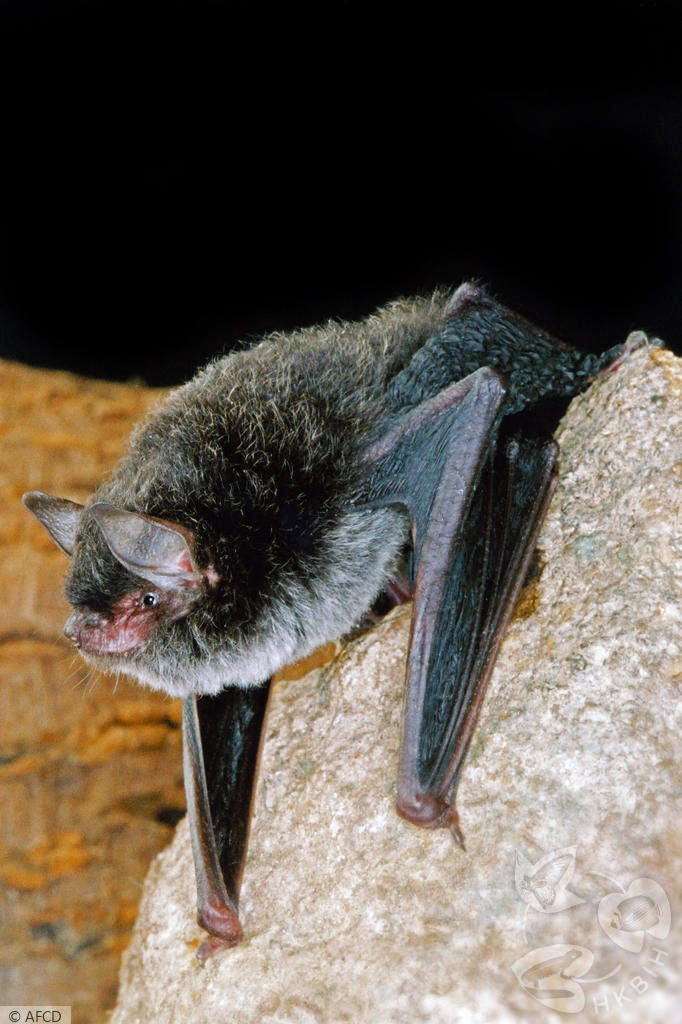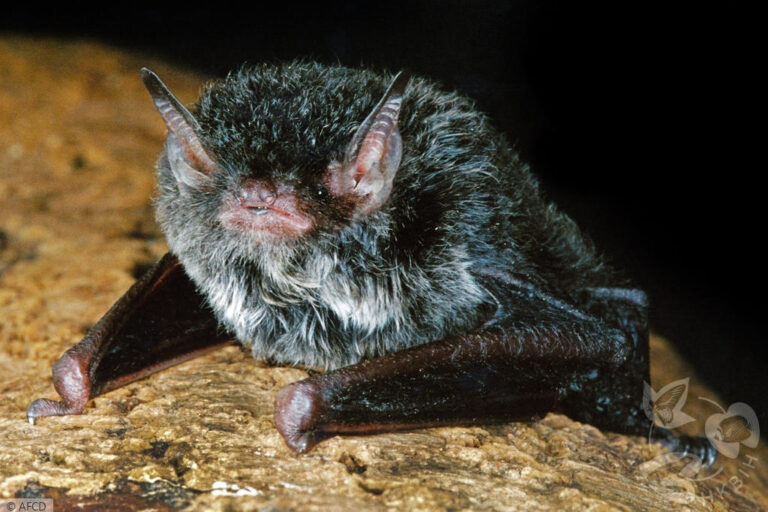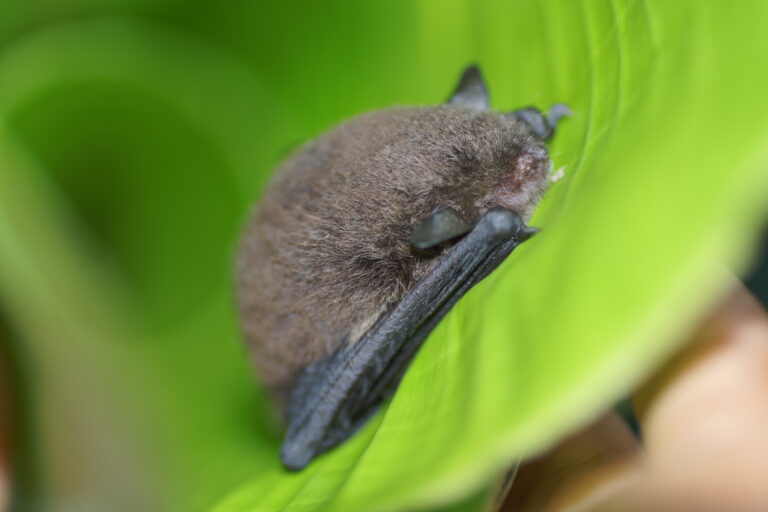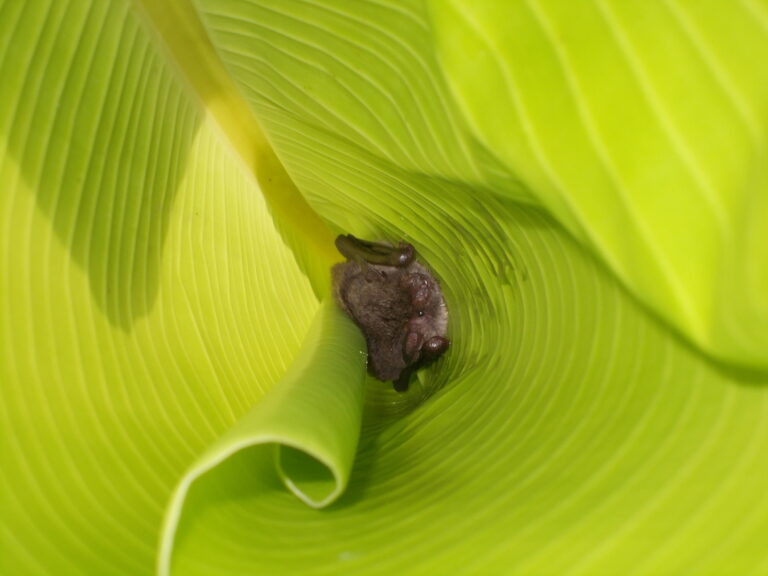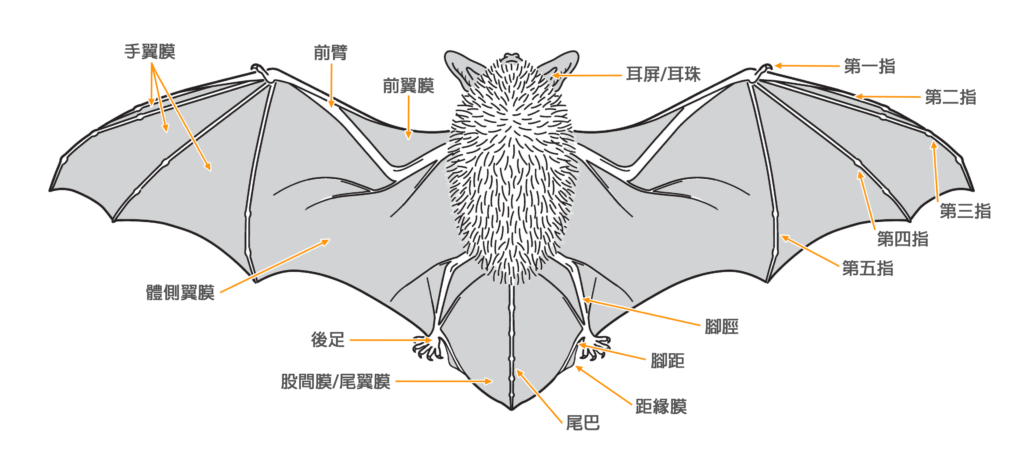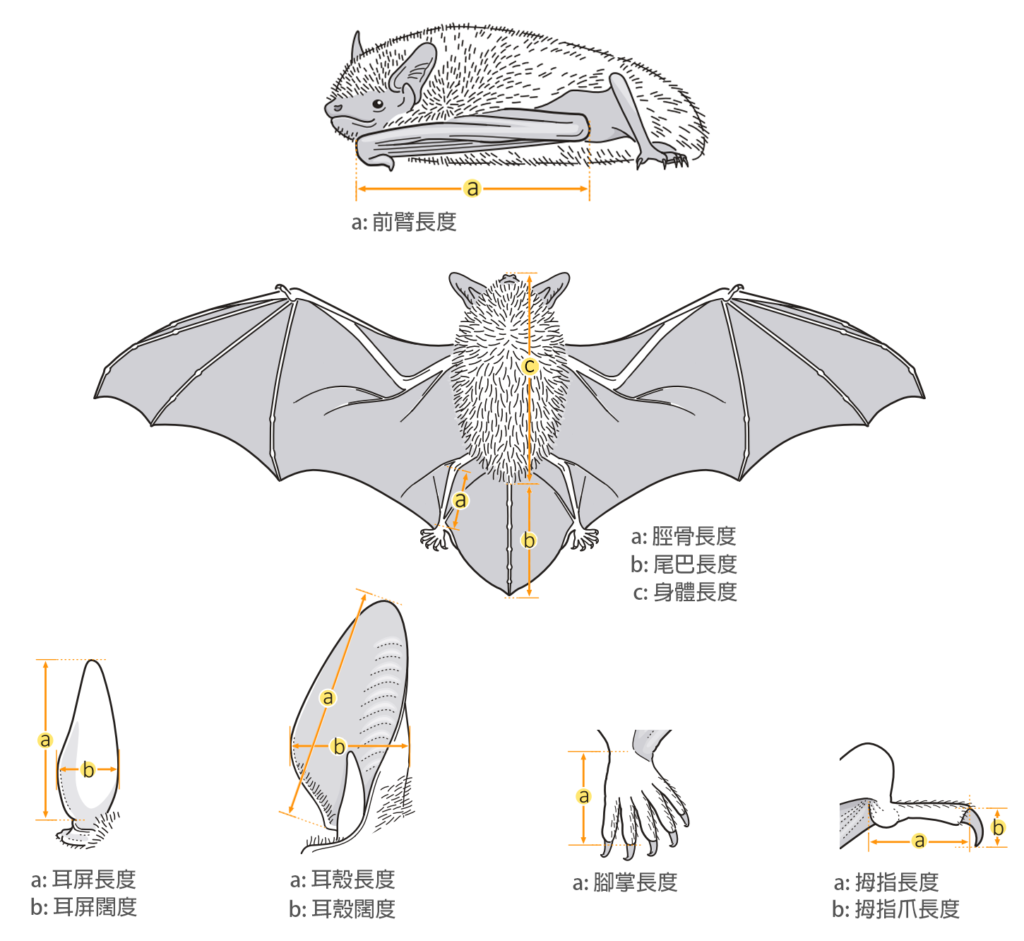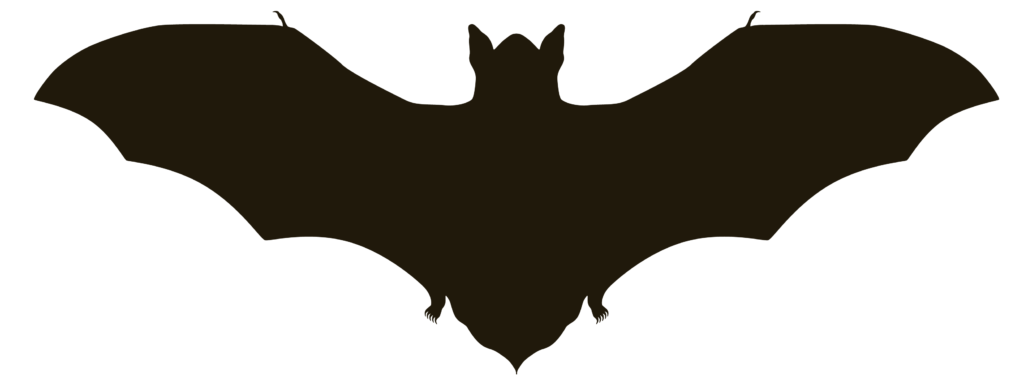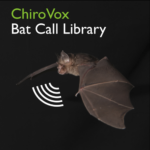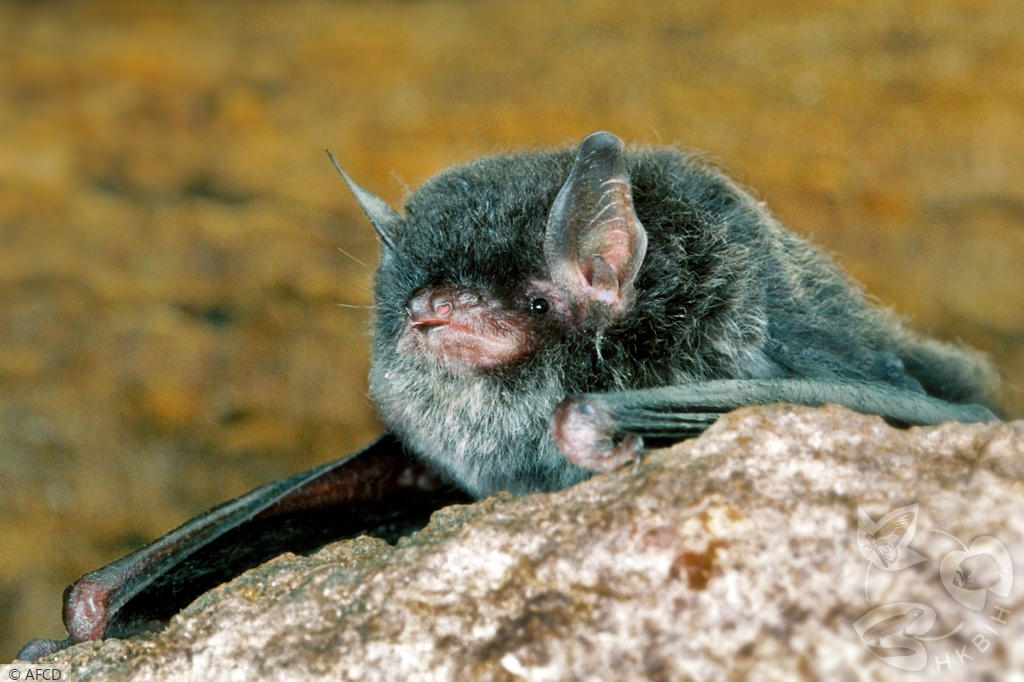分類學
| 科: | 蝙蝠科 (Vespertilionidae) |
| 屬: | 鼠耳蝠屬 (Myotis ) |
| 學名: | Myotis muricola (Gray, 1846) |
| 異名: |
Myotis mystacinus ssp. caliginosus (Tomes, 1859) Myotis mystacinus ssp. muricola (Gray, 1846) Vespertilio blanfordi Dobson, 1871 Vespertilio caliginosus Tomes, 1859 Vespertilio muricola Gray, 1846 Vespertilio muricola Hodgson, 1841 [nomen nudum] |
| 本地英文名: | Whiskered Myotis |
| 其他英文名: | Dark Whiskered Bat, Nepalese Whiskered Bat |
| 本地中文名: | 喜山鼠耳蝠 |
| 其他中文名: | 喜瑪拉雅鼠耳蝠、南洋鼠耳蝠 |
| 分類註釋: | M. muricola 最初是M. mystacinus 的亞種,直至1846年才被正式提升為獨立物種,種下曾經有多達8個亞種 (browni, caliginosus, herrei, latirostris, moupinesis, muricola, niasensis & patriciae) (Simmons, 2005)。至今,雖然M. muricola 仍是一個尚待研究的複合種,但隨著分子遺傳學的進步,其分類開始明朗化。近年的研究指出moupinesis, caliginosus 及latirostris 應歸類為寬吻蝠屬Submyotodon (Ruedi et al., 2015);而菲律賓地區的browni, herrei 及patriciae 應是另一獨立物種M. browni (Don & Russell, 2019)。再者,另一研究 (Wiantoro et al., 2012) 更指出,華萊士線(Wallace's Line)東西兩面的M. muricola 種群的平均遺傳距離高達31.5%,很大機會包含了2個隱藏物種。另外,華萊士線以西的種群之間亦存在著平均7.2%的遺傳距離,可以地域細分為兩個亞群(蘇門答臘 - 亞洲 & 婆羅洲),而香港的M. muricola 是屬於蘇門答臘 - 亞洲的亞群。 |
| 外形特徵 | |
| 毛色: | 毛髮緻密,背毛呈均勻的深棕或黑棕色(基部深棕或黑色、末端深棕色),夾雜著灰白或淺亞麻色末端的長剌毛,腹毛顏色較淺,呈灰白色(基部深棕至黑色、末端灰白色);幼蝠整體毛色相對較深,呈灰黑色 |
| 耳朵: | 耳殼修長,耳殼前後緣上段(約1/4)明顯收窄,後緣中段缺刻明顯,耳尖圓鈍;耳殼及耳屏均為深灰色;耳屏細長呈錐形,基部較闊,長度不及耳殼一半 |
| 頭部: | 臉部毛髮短疏呈黑棕色,鼻吻及臉部皮膚呈暗紅色,鼻吻部較深色,吻部鬍鬚發達 |
| 四肢: | 後足細小,長度不及脛骨一半;翼膜連接至足趾基部1mm以上位置,尾膜則連接至足踝 |
| 尾部: | 尾長,完全被股間膜包裹,末端(約0.6mm)略微突出股間膜;腳距由足踝廷伸至尾膜後緣之半,具發達的距緣膜 |
| 體形及體重測量 | |
| 體型: | 小型鼠耳蝠 |
| 軀幹: | 41.0 - 51.0 mm |
| 尾長: | 35.0 - 49.0 mm |
| 耳長: | 10.6 - 14.6 mm |
| 後足: | 4.6 - 8.0 mm |
| 前臂: | 31.2 - 38.6 mm |
| 體重: | 3.2 - 6.5 g |
| 翼形參數 | |
| 翼長: | 0.263 m |
| 翼面積: | 0.009 m2 |
| 翼載: | 5.70 N/m2 (很低) |
| 翼展比: | 7.30 (高) |
| 翼尖指數: | - |
| 參考資料: | Pottie et al., 2004 |
生態資料
| 生境: | 穴棲及樹棲型蝙蝠;通常棲息於香蕉樹中心未開的卷葉中,卷葉開啟後會轉到其他卷葉或棲地;亦會棲息於引水道、廢棄礦洞、老舊建築物及樹洞內。 |
| 習性: | 棲息於香蕉樹卷葉的群落規模一般較小(1-8隻)且時間短暫,會隨著卷葉逐漸打開而遷居,偏好選擇開口較高且未曾卷開的卷葉棲息;棲息於穩定性較高的洞穴或樹洞的群落規模一般較大。 |
| 繁殖: | 生產期為每年的五月至六月,通常生產一隻;在香蕉樹卷葉中有本地群落的繁殖紀錄。 |
| 冬眠: | 約在12月下旬至2月冬眠,實際冬眠時間會因應天氣溫度而變化。 |
| 遷移: | 無遷移紀錄。 |
| 飛行: | 飛行速度較慢(翼戴非常低 & 聲波間隔長 ),但飛行靈活性及飛行效率頗高,適合中距離飛行。 |
| 覓食: | 習慣在密林、林徑及溪流中穿梭覓食,亦會在市郊邊緣的街燈周遭捕食昆蟲。 |
| 食性: | 食蟲性蝙蝠,在空中捕捉中小型昆蟲,主要捕食鱗翅目及鞘翅目;能用翼膜及尾膜輔助捕捉較大的昆蟲,亦能用口直接捕食較細的獵物白紋伊蚊(Aedes albopictus)。 |
泰國喜山鼠耳蝠食性
(Aroon, 2014)
分布概況
| 本地分布: | 新界及大嶼山有紀錄 |
| 全球分布: | 尼泊爾、印度東部和東北部(包括錫金)、不丹、緬甸、中國東南部(貴州、湖南和廣西)、東南亞、婆羅洲(包括邦古蘭群島)、蘇門答臘(包括錫默盧、尼亞斯和西波拉群島)、爪哇、巴厘島、小巽他群島(龍目島、松巴哇島、松巴島和弗洛勒斯島)和摩鹿加群島(安汶島) (Moratelli et al., 2019) |
本地分布地圖

全球分布地圖
(Moratelli et al., 2019)
本地狀況及載列名錄
| 首次紀錄: | 2005年 |
| 物種來源: | 原生 |
| 本地現況: | 稀有 (Shek & Chan, 2006) |
| 國內現況: | 近危 (中國脊椎動物紅色名錄) |
| 全球現況: | 無危 (IUCN紅色名錄) |
| 潛在威脅: | 待續 |
回聲定位

如有需要,請先註冊會員,並以電郵方式聯絡小蝙申請閱讀權限。
| Parameter | Value |
|---|---|
| Call structure | FM |
| Duration | 1.90 ms |
| Inter pulse interval | 58.20 ms |
| Peak frequency | 66.20 kHz |
| Start frequency | 97.80 kHz |
| End frequency | 54.50 kHz |
| 錄音地區: | 越南 |
| 錄音方式: | 人手放飛 |
| 參考資料: | Furey et al., 2009 |
| Parameter | Value |
|---|---|
| Call structure | FM |
| Duration | 4.98 ± 0.07 ms |
| Inter pulse interval | - |
| Peak frequency | 57.20 ± 0.01 kHz |
| Start frequency | 79.90 ± 1.02 kHz |
| End frequency | 53.70 ± 0.01 kHz |
| 錄音地區: | 新加坡 |
| 錄音方式: | 錄音棚/人手放飛 |
| 參考資料: | Pottie et al., 2004 |
| Parameter | Value |
|---|---|
| Call structure | FM-CF |
| Duration | 4.10 ± 0.20 ms |
| Inter pulse interval | 102.40 ± 27.90 ms |
| Peak frequency | 56.1 ± 2.5 kHz |
| Highest frequency | 90.80 ± 23.10 kHz |
| Lowest frequency | 49.80 ± 1.60 kHz |
| 錄音地區: | 南來西亞 |
| 錄音方式: | 人手放飛 |
| 參考資料: | McArther & Khan, 2021 |
參考資料
Aroon, S. (2014). Community, diet, and ectoparasites of bats in Sakaerat Environmental Research station, Nakhon Ratchasima province. [Doctoral dissertation, School of Environmental Biology Institute of Science Suranaree University of Technology].
Baker, N. (2023). Bats of SE Asia – Whiskered Myotis. Ecology Asia. https://www.ecologyasia.com/verts/bats/whiskered-myotis.html
Benda, P. (2010). On a small collection of bats (Chiroptera) from western Sabah (North Borneo, East Malaysia). Vespertilio, 13(14), 45-76.
Francis, C. M., & Hill, J. E. (1998). New records and a new species of Myotis (Chiroptera, Vespertilionidae) from Malaysia. Mammalia, 62(2), 241-252.
Heaney, L. R., Balete, D. S., & Rickart, E. A. (2016). The mammals of Luzon Island: biogeography and natural history of a Philippine fauna. JHU Press: 248-249.
Hughes, A. C., Satasook, C., Bates, P. J. J., Soisook, P., Sritongchuay, T., Jones, G., & Bumrungsri, S. (2011). Using Echolocation Calls to Identify Thai Bat Species: Vespertilionidae, Emballonuridae, Nycteridae and Megadermatidae. Acta Chiropterologica, 13(2), 447–455.
Jennings, N. V., Parsons, S., Barlow, K. E., & Gannon, M. R. (2004). Echolocation calls and wing morphology of bats from the West Indies. Acta Chiropterologica, 6(1), 75-90.
Jiang, Z. G., Jiang, J. P., Wang, Y. Z., Zhang, E., Zhang, Y. Y., Li, L. L., Xie, F., Cai, B., Cao, L., Zheng, G. M., Dong, L., Zhang, Z. W., Ding, P., Luo, Z. H., Ding, C. Q., Ma, Z. J., Tang, S. H., Cao, W. X., Li, C. W., Hu, H. J., Ma, Y., Wu, Y., Wang, Y. X., Zhou, K. Y., Liu, S. Y., Chen, Y. Y., Li, J. T., Feng, Z. J., Wang, Y., Wang, B., Li, C., Song, X. L., Cai, L., Zang, C. X., Zeng, Y., Meng, Z. B., Fang, H. X., & Ping, X. G. (2016). Red List of China’s Vertebrates. Biodiversity Science 24(5), 500‑551.
McArthur, E., & Khan, F. A. A. (2021). Towards a regional call library: classifying calls of a species-rich bat assemblage in a Bornean karst rainforest. Journal of Bat Research & Conservation, 14(1), 95-117.
Moratelli, R., Burgin, C., Cláudio, V., Novaes, R., López-Baucells, A., & Haslauer, R. (2019). Vespertilionidae. In Mittermeier, R. A., & Wilson, D. E. (Eds.), Handbook of the Mammals of the World – Volume 9 Bats. (pp. 716-981). Lynx Edicions.
Pottie, S. A., Lane, D. J., Kingston, T., & Lee, B. P. H. (2005). The microchiropteran bat fauna of Singapore. Acta Chiropterologica, 7(2), 237-247.
Ruedi, M., Csorba, G., Lin, L. K., & Chou, C. H. (2015). Molecular phylogeny and morphological revision of Myotis bats (Chiroptera: Vespertilionidae) from Taiwan and adjacent China. Zootaxa, 3920(1), 301-342.
Ruedi, M., Saikia, U., Thabah, A., Görföl, T., Thapa, S., & Csorba, G. (2021). Molecular and morphological revision of small Myotinae from the Himalayas shed new light on the poorly known genus Submyotodon (Chiroptera: Vespertilionidae). Mammalian Biology, 101(4), 465-480.
Shek, C. T. (2006). A Field Guide to the Terrestrial Mammals of Hong Kong. Friends of country park and cosmos book limited.
Shek, C. T. & Chan, C. S. M. (2006). Mist Net Survey of Bats with Three New Bat Species Records for Hong Kong. Hong Kong Biodiversity 11, 1-7.
Simmons, N. B. (2005). Order chiroptera. Mammal species of the world: a taxonomic and geographic reference, 1, 312-529.
Wiantoro, S., Maryanto, I. , & Abdullah, M. T. (2012). Phylogeny and phylogeography of Myotis muricola (Gray, 1846 ) (Chiroptera: Vespertilionidae) from the West and East of Wallace’s Line inferred from partial mtDNA cytochrome b gene. Pertanika Journal of Tropical Agricultural Science, 35(2), 271-292.
Hong Kong Bat Radar. (01/05/2024). A Field Guide to Bats of Hong Kong: Whiskered Myotis (Myotis muricola ). https://hkbatradar.com/en/myotis_muricola


